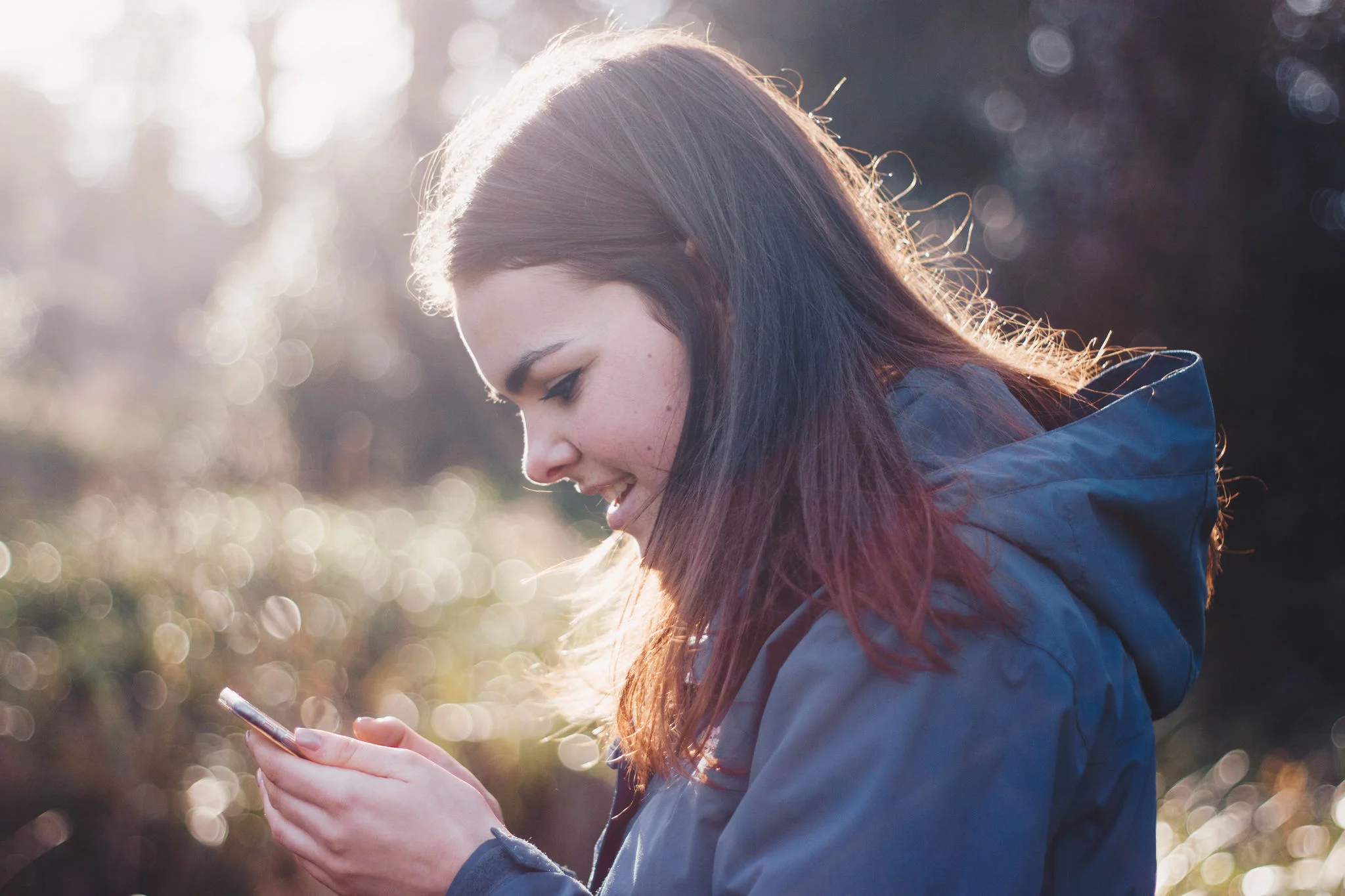All You Need to Know About the Latest Android Version
By: Vincent Totino
Read Time: 6 min.
May 15, 2025
All Android devices run on the Android Operating System (OS), which is like your smartphone's brain. It manages software updates, apps from Google Play, and security patches to keep everything running smoothly so you can play games, chat with friends, browse the internet, and more.
Every year, Android updates introduce new features and security updates that improve both functionality and user experience. In this article, we'll cover the latest Android version, when it was released, and what's available for your device.

What Is the Latest Version of Android?
What Is The Latest Version of Android?
The current version is Android 15, released in October 2024. This version brings improved gesture navigation, one-time permissions, and better optimization for Pixel devices and tablets with larger screen sizes.
If Android 15 isn't available for your device yet, Google Play will notify you once the software update becomes available. If you have an older device running Android Oreo or Android KitKat, you may not receive these updates due to hardware limitations.
In order to enjoy the benefits of Android 15, you'll need a device that runs on Android OS, plus a good phone plan. At Optimum Mobile, we offer the latest phones and have plans for everyone so you can always stay connected. Explore our plans here and shop our available devices while you’re at it.
What Is Android 13 Called?
What Is Android 15 Called?
Following Google’s tradition of using confectionery-themed codenames for its Android versions, Android 15 is known internally as "Vanilla Ice Cream." This continues a naming convention that started with Cupcake in 2009, followed by popular releases like Gingerbread, Jelly Bean, and Ice Cream Sandwich.
While Google stopped using these codenames publicly after the launch of Android 10 (Pie), they remain an internal tradition. Previous versions, including Android 13 (Tiramisu) and Android 14 (Upside Down Cake), followed this trend internally. Now, Android 15, with new features and security updates, is available for Pixel devices and more.
What Is the Difference Between Android 13 and 14?
Android 13 Features
What Is the Difference Between Android 14 and 15?
Android 15 brings significant improvements over Android 14. With enhanced personalization, security updates, and better performance for Android devices of all screen sizes, this version improves the user experience with features that weren't available before. Here's a quick comparison of the key improvements:
- Customization: Android 15 introduces more gesture navigation options and customizable lock screens, building on Android 14’s design flexibility.
- Security Updates: In addition to the security patches introduced in Android 14, Android 15 improves one-time permissions for apps and optimizes background activity to extend battery life.
- Accessibility: Android 15 now offers even more font scaling options and supports Health Connect by default, improving usability for all users.
- Performance Enhancements: Android 15 enhances support for Pixel devices and tablets, ensuring smoother performance across various Android devices.
Keep your device up to date with the latest system updates to ensure you benefit from these improvements available in Android 15.
Key Features of Android 15
Android 15 brings new customization options, enhanced privacy, and improved performance across a range of Android devices. Here are some of the key features you might benefit from:
Improved customization options
Android 15 offers more control over lock screens with customizable fonts, colors, and widgets. Users can also create personalized wallpapers using AI-generated images, emoji-based patterns, or dynamic photo effects.
Gesture Navigation Enhancements
The updated gesture navigation system allows for smoother app switching and improved multitasking. This feature ensures a seamless experience, especially on tablets and devices with larger screen sizes.
Health Connect Integration
The Health Connect app is now pre-installed, gathering data from fitness apps like Fitbit and Google Fit into one platform, making it easier to monitor your health and wellness in real-time.
Smarter Battery Management
Android 15 includes new tools to extend battery life, such as optimized background processes and power-saving modes. A refined screen time tracker also provides more detailed insights since the last full charge.
Enhanced Privacy and Security
Building on security patches from previous Android versions, Android 15 offers advanced one-time permissions and improved data encryption. Users also have more control over notifications through an upgraded notification shade.
Optimized Performance on Pixel and Tablets
Android 15 delivers better performance on Pixel devices and tablets, offering smoother operation across apps and faster system updates through the Google Play framework.
Android 14 Features: What’s to Come
Android 16 Features: What’s to Come
Android 16 is anticipated to be released earlier than usual, possibly in the next few months. Developer previews and beta versions appeared at the end of 2024, giving users a sneak peek at what's coming.
Here are some of the key features to watch out for in the next Android update.
- Advanced AI Integration: After introducing Gemini AI in Android 15, Android 16 aims to provide real-time contextual recommendations, intelligent notifications, and personalized app behavior. Expect improved image recognition and enhanced voice assistant functions.
- Privacy and Security Enhancements: Android 16 will push deeper controls over app permissions and data sharing. Expect biometric security upgrades and real-time malware detection, along with more frequent security patches.
- Foldable and Tablet Optimization: Google is refining features to support foldable devices and larger screens with adaptive split-screen views and smoother multitasking. This makes the Android 16 OS more responsive for tablets and foldable phones.
- Improved Gaming Experience: With the growing focus on mobile gaming, Android 16 is expected to bring advanced gaming features such as ray tracing support, haptics, and optimized graphics rendering for high-refresh-rate displays.
- Performance and Battery Management: Android 16 will introduce enhanced battery management, minimizing background activity to prolong device life. This version should improve performance for older devices, making the experience smoother across different phone models.
- UI and Design Updates: A more dynamic ‘Material You’ design is likely, with fluid animations, adaptive themes, and expanded customization options for lock screens and widgets. The OS will continue to offer greater personalization to match user preferences.
While the complete list of compatible devices is not yet confirmed, Google Pixel devices and recent flagship phones from manufacturers like Samsung, OnePlus, and Xiaomi will likely receive Android 16 first.
FAQs About The Latest Android Update
What is “Android OS”?
Android OS is a mobile operating system developed by Google, designed primarily for touchscreen devices like smartphones and tablets. It provides the software framework that manages hardware, runs applications, and enables user interaction through a customizable interface.
How often are Android updates released?
Google typically releases major Android updates annually, along with security patches and minor updates throughout the year. The exact frequency may vary depending on your device manufacturer.
What’s the highest Android OS version?
The latest official release of the Android operating system is Android 15, which became available on October 15, 2024. Google has initiated the development of Android 16, with the second Developer Preview released on December 18, 2024. This version is currently in the testing phase and not yet available for general use.
How do I update my phone to the newest Android OS?
To update your phone to the latest Android OS, go to Settings > System > Software Update, then check for updates and follow the on-screen instructions to install.
To see if your phone is eligible for an update, check your phone manufacturer's website or support pages for a list of devices eligible for Android updates. Typically, phones released in the last 2-3 years are candidates for the latest updates.
Generally, updating your Android version shouldn't delete your data. However, it's always a good idea to back up your important information before any major update, just in case.
If an Android update fails, ensure you have a stable internet connection and sufficient battery life. Try restarting your device and attempting the update again. If the issue persists, contact your device manufacturer's support team for further assistance.





